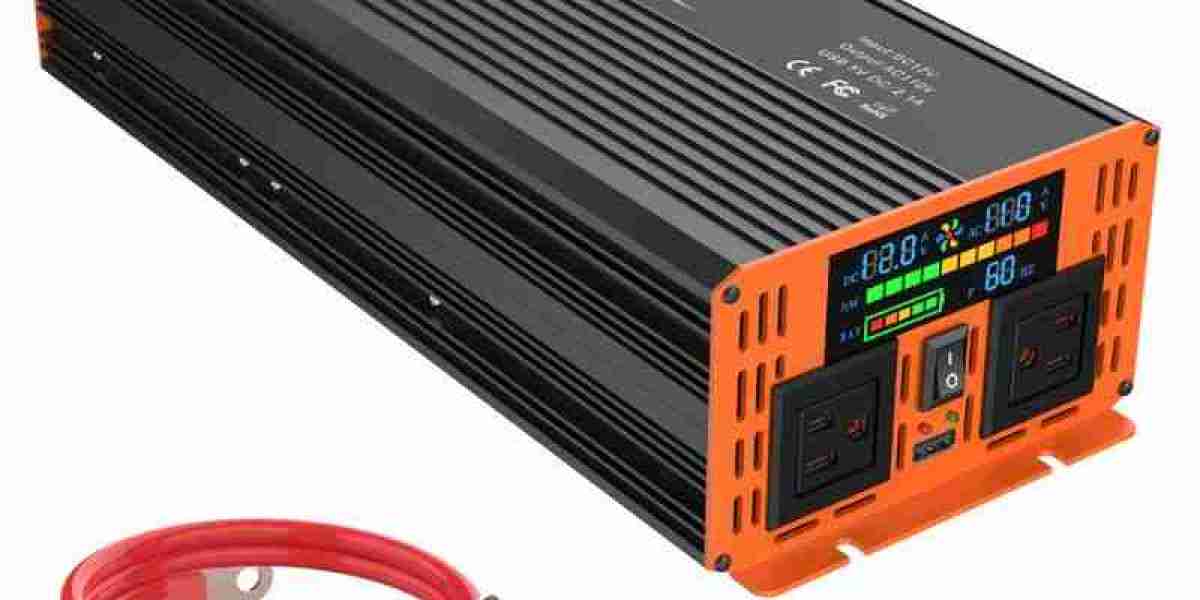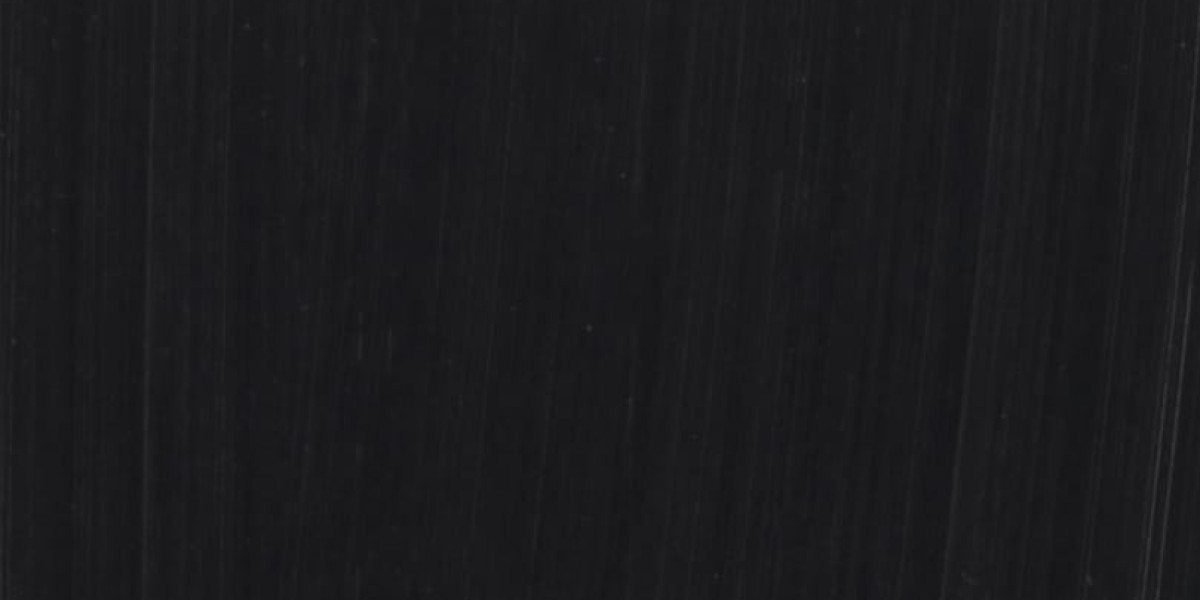Introduction
In an increasingly technology-driven world, power supply plays a critical role in daily life. Whether you're camping in the great outdoors, sailing on a yacht, or simply preparing for unexpected power outages at home, having a reliable inverter is crucial. Inverters are essential devices that convert direct current (DC) to alternating current (AC), making it possible for various appliances to run smoothly in environments where AC power isn't readily available.
In this guide, we'll explore the core features and benefits of inverters, delve into the specifics of power inverters, battery inverters, and the 2024 best inverters available, and cover how DC to AC inverters work. By the end of this article, you'll have a better understanding of which inverter suits your needs, and we'll also provide answers to some common FAQs about inverters.
What is an Inverter and How Does It Work?
An inverter is a device designed to convert DC power (typically found in batteries or solar panels) into AC power (which is used by most household appliances and systems). This conversion allows electrical devices to function in environments where conventional power sources are unavailable.
The main function of an inverter is to provide clean, stable, and efficient power for appliances, tools, and devices. The output waveforms from inverters come in different forms, the most common being the pure sine wave and the modified sine wave. The pure sine wave inverter delivers a smoother and more consistent power output, closely mimicking the electricity supplied by the utility grid. This makes it ideal for sensitive electronics such as computers, medical equipment, and audio systems.
Key Features of Inverters:
- Converts DC to AC for use in homes, RVs, and outdoor activities.
- Stable voltage output with a pure waveform for sensitive electronics.
- Available in a wide range of power capacities: from 1000W to 5000W and beyond.
- Ideal for off-grid scenarios, such as camping, RVs, yachts, and home backup.
Types of Inverters: Power Inverter vs. Battery Inverter
Inverters come in different types based on their intended application. Two of the most common are the power inverter and the battery inverter.
Power Inverter
A power inverter is a versatile tool that converts DC to AC power for a range of applications, including vehicles, homes, and industrial systems. It ensures that appliances and tools run smoothly even in places where conventional grid power is absent. Power inverters are particularly useful for those who travel in RVs or live in remote locations, as they offer a portable source of electricity.
- Main Uses: Vehicles, off-grid homes, industrial applications, and RVs.
- Key Features: High efficiency, stable power output, and portable design.
Battery Inverter
A battery inverter, on the other hand, is more specific in its use. It draws power from a battery (usually a lead-acid or lithium-ion battery) and converts it into AC for use in household appliances or as a backup during power outages. These are ideal for emergency scenarios or as part of a renewable energy system where the battery stores energy from solar panels.
- Main Uses: Home backup power, renewable energy systems (solar), and emergency power supply.
- Key Features: Battery integration, automatic switching during outages, and compatibility with renewable energy.
Choosing the 2024 Best Inverter: Factors to Consider
Selecting the 2024 best inverter can be a challenging task, with so many options available in the market. Below are key factors you should consider before making your decision:
- Power Output: Inverters come in different wattages, ranging from 1000W to 5000W or higher. The best inverter for you will depend on the appliances and devices you intend to run.
- Type of Waveform: As mentioned earlier, the choice between pure sine wave and modified sine wave inverters is crucial. For sensitive electronics, opt for a pure sine wave inverter.
- Durability and Efficiency: Look for heavy-duty inverters that can handle continuous power loads without overheating or malfunctioning. Inverter efficiency is also a key consideration—an inverter with higher efficiency will use less battery power.
- Portability: If you plan to use your inverter for camping or other mobile applications, make sure it's lightweight and easy to transport.
- Brand Reputation: Choosing from reputable brands with a proven track record ensures that you get a high-quality product. TOPBULL, for example, offers advanced pure sine wave technology across a range of wattages.
Table: Inverter Power Range and Applications
Inverter Power (W) | Ideal Applications | Power Waveform | Efficiency Rating |
1000W | RVs, small household appliances | Modified Sine Wave | 85-90% |
2000W | Larger household appliances, power tools | Pure Sine Wave | 90-95% |
3000W | Heavy-duty appliances, off-grid homes | Pure Sine Wave | 90-95% |
4000W | Industrial applications, large homes | Pure Sine Wave | 95% |
5000W | Whole-house backup, solar power systems, emergency scenarios | Pure Sine Wave | 95-98% |
The Benefits of a DC to AC Inverter
The DC to AC inverter is the heart of power conversion. By transforming direct current into alternating current, it makes energy usable for household appliances. Whether you're charging your phone, running a microwave, or powering an entire RV, the DC to AC inverter is a reliable companion.
Key Benefits:
- Universal Compatibility: It allows virtually any DC source (battery, solar) to be converted into usable AC power for most devices.
- Efficiency: Modern inverters, especially pure sine wave inverters, offer high efficiency with minimal energy loss during conversion.
- Versatility: Inverters can be used in vehicles, homes, and off-grid locations, making them ideal for numerous applications.
2024 Best Inverter Recommendations
In 2024, the market offers a wide array of inverters with top-tier performance. Whether you need a compact inverter for travel or a heavy-duty model for home backup, the following options stand out:
- TOPBULL 5000W Pure Sine Wave Inverter – Ideal for home backup and large power loads. This model provides heavy-duty output and is compatible with renewable energy systems.
- EcoFlow Delta Pro 3600W – A highly efficient, portable inverter perfect for outdoor enthusiasts, offering both DC to AC conversion and battery integration.
- Renogy 3000W Pure Sine Wave Inverter – Best suited for RVs and off-grid homes, this inverter balances power output with high efficiency.
Frequently Asked Questions (FAQs)
- What is the difference between pure sine wave and modified sine wave inverters?
A pure sine wave inverter provides a smooth, consistent power output similar to the electricity supplied by the grid. A modified sine wave inverter offers a less smooth waveform, which may not be suitable for sensitive electronics like computers or medical devices.
- How do I choose the right inverter wattage?
To choose the correct wattage, you need to calculate the total power consumption of the devices you plan to use. For instance, if you need to power appliances that consume 2500W, choose an inverter rated for at least 3000W to ensure a buffer for power surges.
- Can I use a battery inverter for solar energy systems?
Yes, battery inverters are commonly used in solar energy systems to convert stored DC power from the solar batteries into AC power for home use.
- Are inverters efficient for long-term use?
Yes, high-quality inverters, especially pure sine wave inverters, are designed for long-term, efficient power conversion, making them reliable for continuous use.
- Do inverters make noise?
Most inverters produce minimal noise, although some may have fans for cooling, which can create a soft hum. Pure sine wave inverters are typically quieter than modified sine wave models.
Conclusion
In 2024, the demand for reliable inverters, especially for off-grid applications and emergency power, is on the rise. Whether you're looking for a power inverter, battery inverter, or the 2024 best inverter, understanding the key features and applications will help you make an informed decision. Choose wisely, and you'll enjoy a smooth, efficient power supply wherever you are.


